Review for The Fallen Idol (Remastered)
I’ve never seen ‘The Fallen Idol’ (1948) until now, despite it being on my watch-list for a while, and in some ways I’m glad I waited. Although this review is for the DVD edition and not the Blu-Ray, I have to say that the clean-up job and transfer is absolutely first class. It looks great. So if you’re already a fan of the film and are reading this review to assess whether it’s worth picking this particular edition up, then job done. The answer is a resounding ‘yes’.
I’d been curious to see this film for several reasons really. The first is that it’s ranked as a top-notch British classic. Secondly, it’s Carol Reed directed and his first collaborating with Graham Greene as a writer with whom he went on to make one of the greatest British films of all time, The Third Man (1949) as well as the excellent Our Man in Havana (1959).
‘Fallen Idol’ doesn’t match the unarguable brilliance of ‘The Third Man’ it’s true, but it is a completely different sort of film. But it is an excellent film in its own right and one well-deserving of a wider re-assessment, not least as it took the incredibly risky approach of having a boy with no previous acting experience in the leading role.
Based on a short story by Greene, The Basement Room, The Fallen Idol tells the story of Phillipe (Robert Henrey), the young son of a diplomat who often finds himself alone in the big embassy. To entertain the boy, the household butler, Baines (played with great subtlety and panache by Ralph Richardson: Doctor Zhivago, Our Man in Havana), invents wildly adventurous stories about his past. The child idolises him, but when Baines’ wife (Sonia Dresdel: While I live, The Trials of Oscar Wilde) falls to her death in suspicious circumstances, a bewildered Phillipe panics and embroils himself in the investigation, with potentially disastrous consequences for his hero.
The film is brilliantly constructed to contrast the world from two distinct view-points – that of Phillipe’s (we often see things literally from his physical point of view) – as well as from a highly adult perspective. Although the film is often described as a ‘thriller’ it is something more than that; it shows an innocent boy seeing the world through his own lens and coming to all the wrong conclusions, some of which are damning for the very man he is trying to protect.
The sets and the movement of the piece are just brilliant. As Guy Hamilton (who assisted Reed on the shoot) reflects in the interview contained on the disc, Reed had a very clear vision of what he wanted to achieve and had the whole look and feel of the film mapped out in his own mind prior to shooting – a rare gift, though one shared by Hitchcock.
Phillipe is a lonely boy living in a large house where his diplomat father and mother are frequently away. As a result he bonds with Baine, the home’s butler, who gives him more warmth and attention than anyone else – especially his house-keeping wife who seems positively cold to the boy. Baines entertains him with stories of his military life in Africa which seem to the boy to be impossibly glamorous. When these turn out to be untrue later in the film, we see the boy questioning his whole view of Baines who he suspects may have murdered his wife – though we, the audience, know better having witnessed it ourselves.
Before all that, Philippe happens upon Baines in a café meeting an attractive blonde who is introduced as his niece. Again, we know that this is actually Baines younger lover as his own marriage is full of bitterness and recrimination.
When Baines’ wife says she is leaving, Baines brings the girl back to the house though is wife is still actually in the house. There is a massive altercation and his wife slips accidentally on a stairwell and falls to her death. Seeing the fall, and assuming Baines has pushed her. Phillipe runs from the house through the wet London streets before being picked up by a policeman. He is determined to play it cool and save Baines from being arrested, but his protestations have such a naivety about them that the police, who were initially satisfied with Baines’ account, begin to suspect him of murder.
It’s all very well done and the tension really builds towards the end of the film. One element that it astonishing is the young Robert Henrey’s performance throughout the film. A native French speaker living in war-torn London, Henrey had never acted before and Guy Hamilton claimed it was almost impossibly difficult to work with him, often having to film a few words or perhaps a single line at a time. To Reed’s credit he persisted and the end-result is really very impressive – you would never consider Henrey as anything but a fine child actor.
In conjunction with this lottery-funded BFI restoration of the film, Henrey has just published a book outlining his memories of making the film – definitely one for the Christmas list!
The extra features are great too though should certainly be watched after the film as they are understandably full of spoilers.
Perhaps most illuminating is a lengthy interview with native French director Guy Hamilton which must have been recorded some time ago (though he is still alive and kicking) as it’s in 4:3.
There’s a really nice locations featurette with Richard Dacre (writer and lecturer specialising in British film) that tells you where many of the pivotal scenes were shot. I noted down a few pubs like the ‘The Star Tavern’ in Belgrave Mews West SW1 and the haunted ‘Grenadier’ in Wilson Row, both of which remain little changed since filming took place. A perfect excuse for a film related booze up!
There are also interviews with film historian Charles Drazin as well as a fan’s assessment of the film from director Richard Ayoade. Perhaps the crowning piece is a really nice interview with Robert Henrey which recounts all the filming from a child’s perspective and which is very warming to watch.
Lastly there’s a restoration comparison though I must confess to finding these a bit dreary of late. The technical processes involved are interesting to a point though I am finding the prevalence of these features a bit repetitive. But maybe that’s just me.
So a great film, a great transfer and restoration and a selection of great features. What more could you want. Highly recommended.
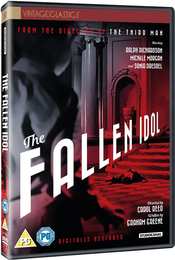




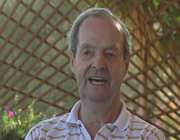
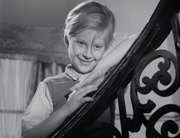
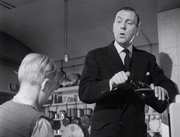

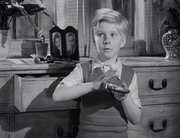

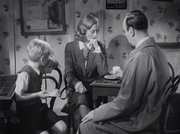
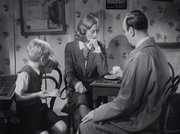
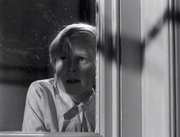
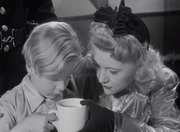
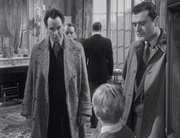
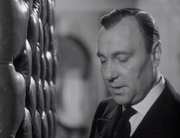
































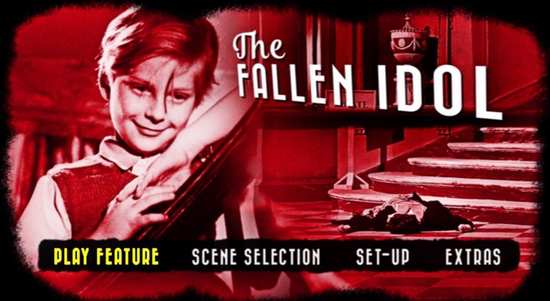



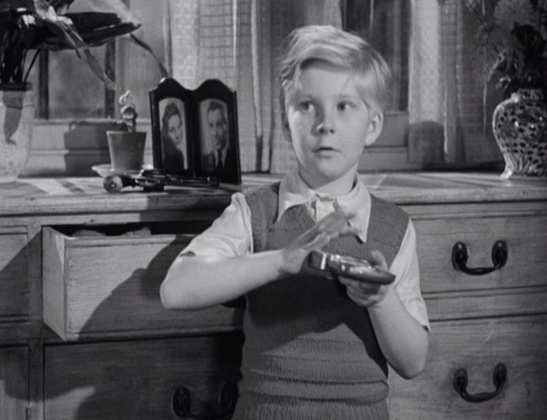
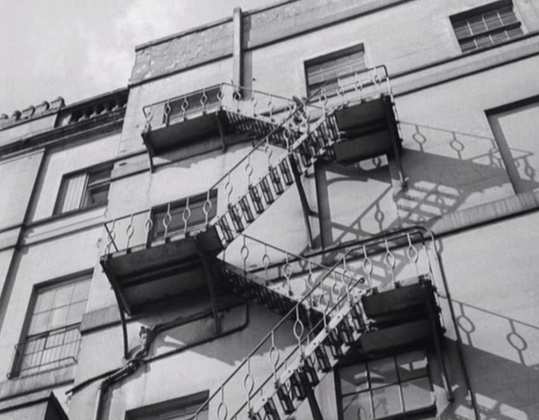



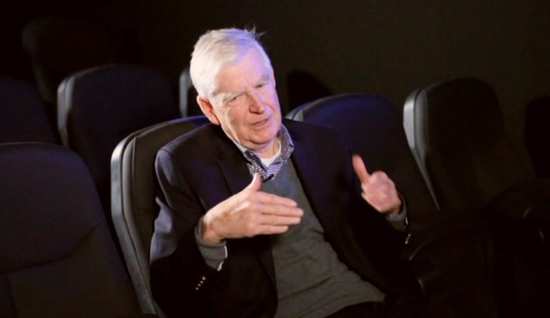


Your Opinions and Comments
Filming actually began on Wednesday, September 17th, 1947, with the first scene being shot that of Bobby running across Belgrave Square in search of Baines and filming went on well into 1948 under its shooting title "The Lost Illusion". There is a scene in it that practically gives me vertigo every time I see it and that's where Bobby is leaning over that narrow concrete ledge on the outside of the top floor of the building. If he had lost his balance he would have gone head first over it and been killed for sure, it being a good seventy feet to the ground. In fact, there seems to be only two feet of space between the ledge and the window behind Bobby, so how Carol Reed got his camera up there and mounted on that narrow ledge is a mystery, but is maybe the basis for the legendary exchange between Reed and his cameraman, Georges Perinal, who said "No, no, no, you can't do that shot, it's impossible!" To which Reed replied "Yes, yes, yes, impossible! Now, are you ready, Georges?" Reed certainly took a chance with his child star's safety. It wouldn't be allowed today. When Richard Dacre wanted to go up to that ledge to film it for his locations featurette, the present owners of the building wouldn't let him, saying it was too dangerous.
A word about the frame captures above. As you can see, there is, for some reason, a slight horizontal squeeze on them, making the actors look a bit thinner. I've noticed this when playing the DVD on my Laptop. But when I play it on my television, there is no such squeeze and the images look normal. This can be corrected when capturing frames from the DVD on the computer by taking them into Paint Shop Pro and stretching them out by 5%.
I had the honour and pleasure of meeting Bobby (now Robert) Henrey when he came over to England from his present home in Connecticut in September, 2013, to launch his autobiography, "Through Grown-Up Eyes: Living With Childhood Fame" and we got on famously together and we had photos taken of us shaking hands, ect, and all I can say is that I was a big fan before I met him and an even bigger one after I met him.